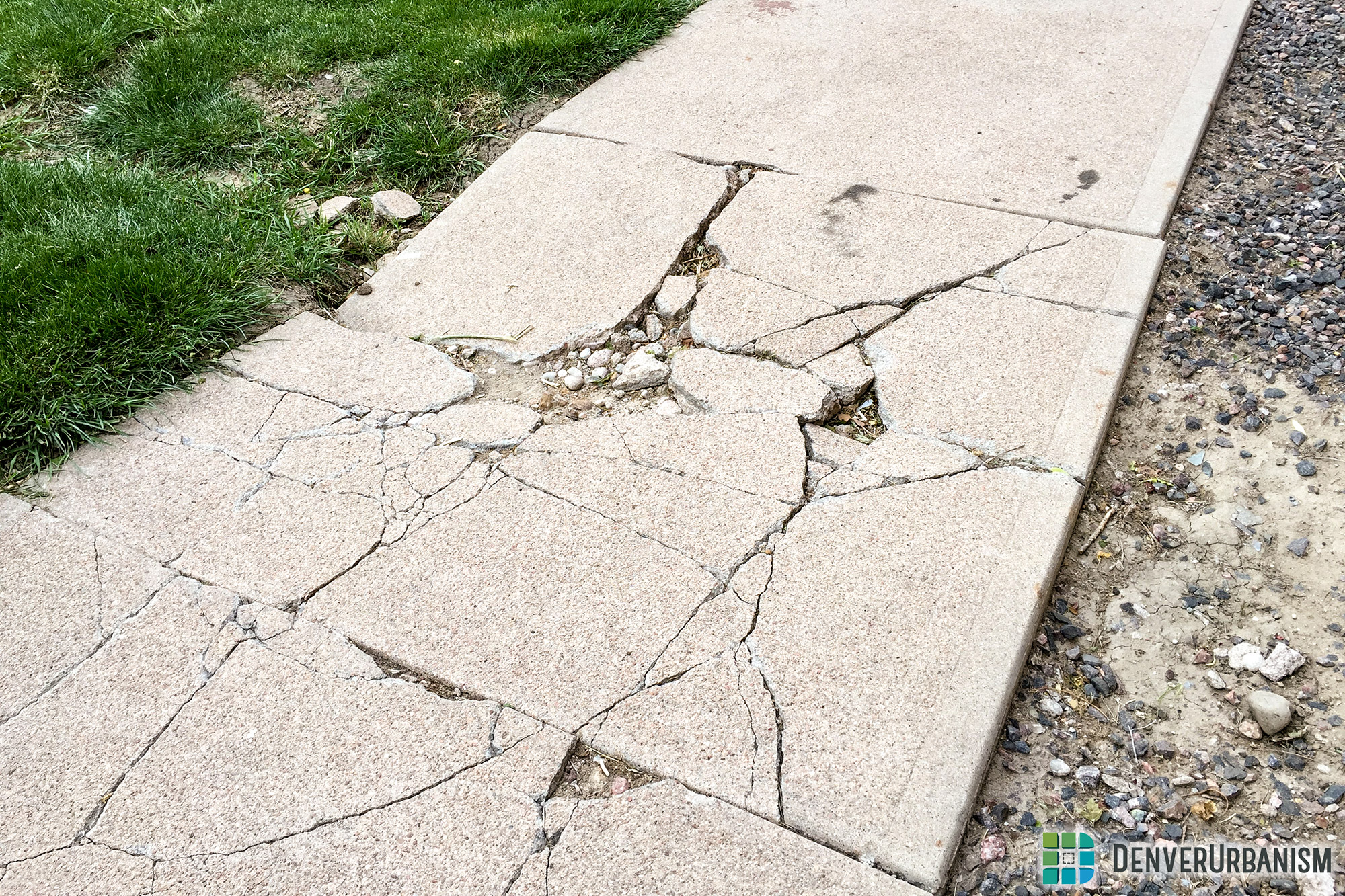Picture this: You’re strolling down a familiar sidewalk when suddenly, your foot sinks into a gaping crack. You stumble and almost lose your balance, your heart pounding with a mix of fear and anger. Broken sidewalks may seem like a minor nuisance, but they can pose significant safety hazards, especially for seniors, children, and people with disabilities.
/cdn.vox-cdn.com/uploads/chorus_image/image/52099527/broken_sidewalk.0.jpeg)
Image: la.curbed.com
These treacherous paths not only mar the aesthetic beauty of our communities but also have the potential to lead to costly injuries. Fortunately, fixing broken sidewalks is a relatively simple process that can be accomplished with the right tools and some elbow grease. By taking matters into our own hands, we can create safer streets for ourselves and future generations.
1. Diagnose the Problem and Gather Your Tools
Before you start any repairs, it’s crucial to assess the extent of the damage and gather the necessary tools. Here’s a list of essentials:
- Concrete mix (ready-to-pour or dry)
- Shovel
- Buckets
- Trowel
- Tamper or hand tamp
- Edger
- Concrete saw (optional but recommended)
2. Prepare the Area
Clear the area around the broken sidewalk of any debris or obstructions. This may involve removing shrubs, plants, or other obstacles.
3. Break up the Damaged Concrete (If Necessary)
If the crack is wide or deep, it may be necessary to break up the surrounding concrete to create a repair area. Use a concrete saw or a chisel and hammer to carefully remove the damaged portion.

Image: denverurbanism.com
4. Create a Form around the Repair Area
To ensure a clean and level repair, create a form around the area using wooden stakes and plywood. Secure the form firmly in place to prevent concrete from seeping out.
5. Mix the Concrete
Follow the manufacturer’s instructions to mix the concrete to the desired consistency. The mixture should be thick enough to hold its shape but not so dry that it’s difficult to work with.
6. Pour and Tamp the Concrete
Carefully pour the mixed concrete into the prepared area and gently tamp it down using a tamper or hand tamp. This will remove air pockets and ensure a solid bond with the existing concrete.
7. Smooth and Finish the Surface
Use a trowel to smooth and level the concrete’s surface. For a professional-looking finish, an edger can be used to create a clean edge around the repaired area.
8. Cure the Concrete
Moisture is essential for concrete to cure properly. Cover the repaired area with plastic sheeting or a tarp and keep it moist for at least 72 hours. This will prevent the concrete from drying out too quickly and cracking.
9. Remove the Formwork
Once the concrete has cured, carefully remove the formwork and dispose of it responsibly.
10. Enjoy Your Restored Sidewalk
Congratulations! You have successfully fixed the broken sidewalk, making your neighborhood safer and more pleasant for everyone. Take a moment to admire your handiwork and appreciate the satisfaction of a job well done.
Expert Insights
Anthony, a seasoned contractor with over 20 years of experience, recommends “using a concrete saw to cleanly cut the damaged area. This creates a smooth surface for optimal bonding with the new concrete.”
Sarah, an urban planner, emphasizes the importance of “incorporating safety measures when repairing sidewalks, such as anti-slip surfaces and tactile paving for the visually impaired.”
How To Fix Broken Sidewalk
https://youtube.com/watch?v=HWkFyFrg72s
Conclusion
Broken sidewalks are more than just annoying inconveniences – they can be dangerous, especially for vulnerable populations. By following these simple steps and consulting expert advice, you can effectively fix broken sidewalks and restore safety to your community. Remember, a well-maintained sidewalk is not just a luxury; it’s a testament to the care and respect we have for our neighborhoods and the people who live in them.